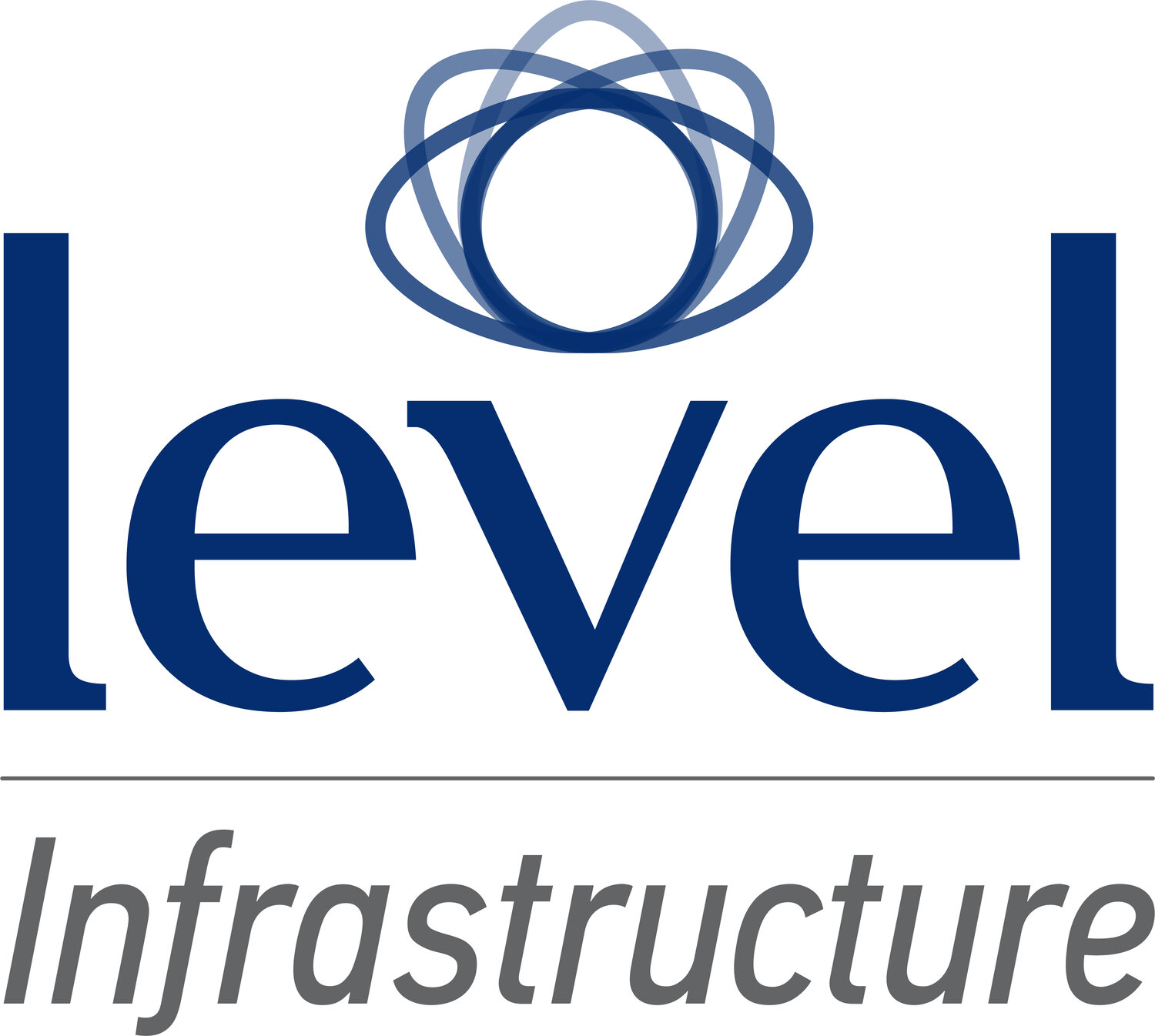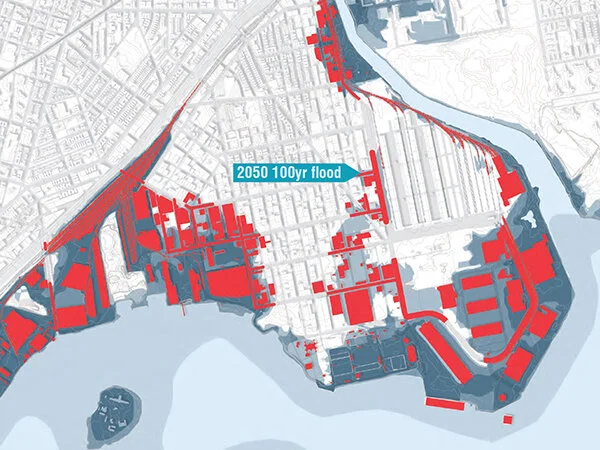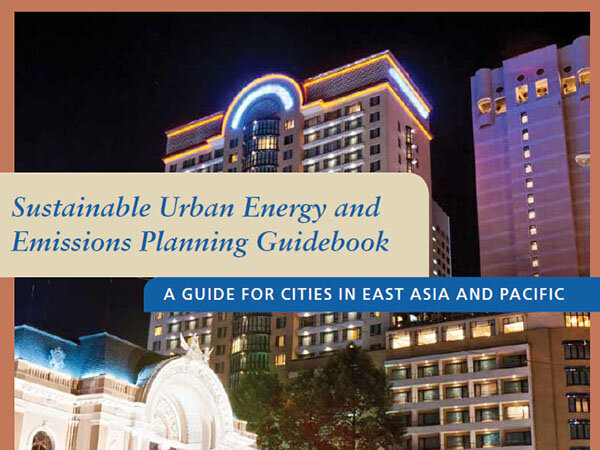NYC Climate Mobilization Act
Client: Real Estate Board of New York (REBNY)
Location: New York, New York
Size: Entire City, buildings over 25,000 sf
Collaborators: Sustainable Energy Partnerships, Code Green, Don Winston, Natural Resources Defense Council (NRDC)
Year: 2018 - 2019
Services: Energy and Emissions Policy, Sustainability
Project in the News
Update: On October 24, 2020 New York City Council voted to strengthen the provisions of LL97 to require buildings with less than 35% of units under rent regulation to comply with greenhouse gas emissions limits. Metrics for natural gas fuel cells have also been established as more details and rulemaking evolve. Read more on this from Smart Cities Dive.
Local Law 97 in New York has received a lot of publicity for its unprecedented regulations on NYC buildings and carbon reduction goals, as laid out by the New York Times.
The actual LL97 legislative language can be found here.
An article in Crain’s New York elaborates on the legislation from a building owner’s point of view.
An excellent summary of the considerations put together by Building Energy Exchange can be found here.
Context
In late 2017 the New York City Council proposed draft legislation aimed to reduce carbon emissions from the largest buildings in the city. The Real Estate Board of New York (REBNY) approached Level to explore alternative metrics and benchmarking methods with the intention of improving the draft legislation. Together with collaborators Sustainable Energy Partnership, Code Green, and Don Winston, the team developed a legislative proposal that would achieve the city’s 40% carbon reduction by 2030 (40x30) goals for large buildings. Through a performance based approach that included all buildings over 25,000 SF, the proposal was supported by owners as well as a broader coalition which included environmental and labor representatives.
Our Role
Level led the consultant team that developed the alternative approach and analyzed building energy benchmarking data from over 15,000 buildings in New York City from the Local Law 84 Benchmarking data set. The result of the work was a formulation of an alternative approach to legislating improved building energy performance. Beyond technical analysis and policy development, Level developed an implementation approach to expand capacity within the DOB to ensure the agency had capacity to administer the proposed program.
Our Approach
The approach of the team was to set energy efficiency targets to reduce the actual energy use of buildings in a way that building owners and tenants have control. Buildings with a high Energy Star score (indication of a good performing building) would have a 10% energy reduction requirement. A graded scale would set reduction requirements of up to a maximum of 30% energy reduction for buildings with a low Energy Star score (indication of a poor performing building). Along with electrical grid carbon intensity reductions through the installation of large scale wind, solar, and hydroelectric projects feeding the New York City grid, the goal of 40x30 would have been achieved in a fair and reasonable manner.
Project Highlights
A number of the recommendations developed by the REBNY-led coalition were ultimately taken up in the final version of Local Law 97 including the new Office of Building Energy Performance (OBEP). The coalition also successfully advocated for electricity and district steam carbon emissions factors that more accurately reflected the actual carbon factors for those fuels in New York City. The highlights of the efforts and the coalition’s approach was summarized during the joint testimony between REBNY, NRDC, and 32BJ in City Council hearings leading up to the passage of the bill.






